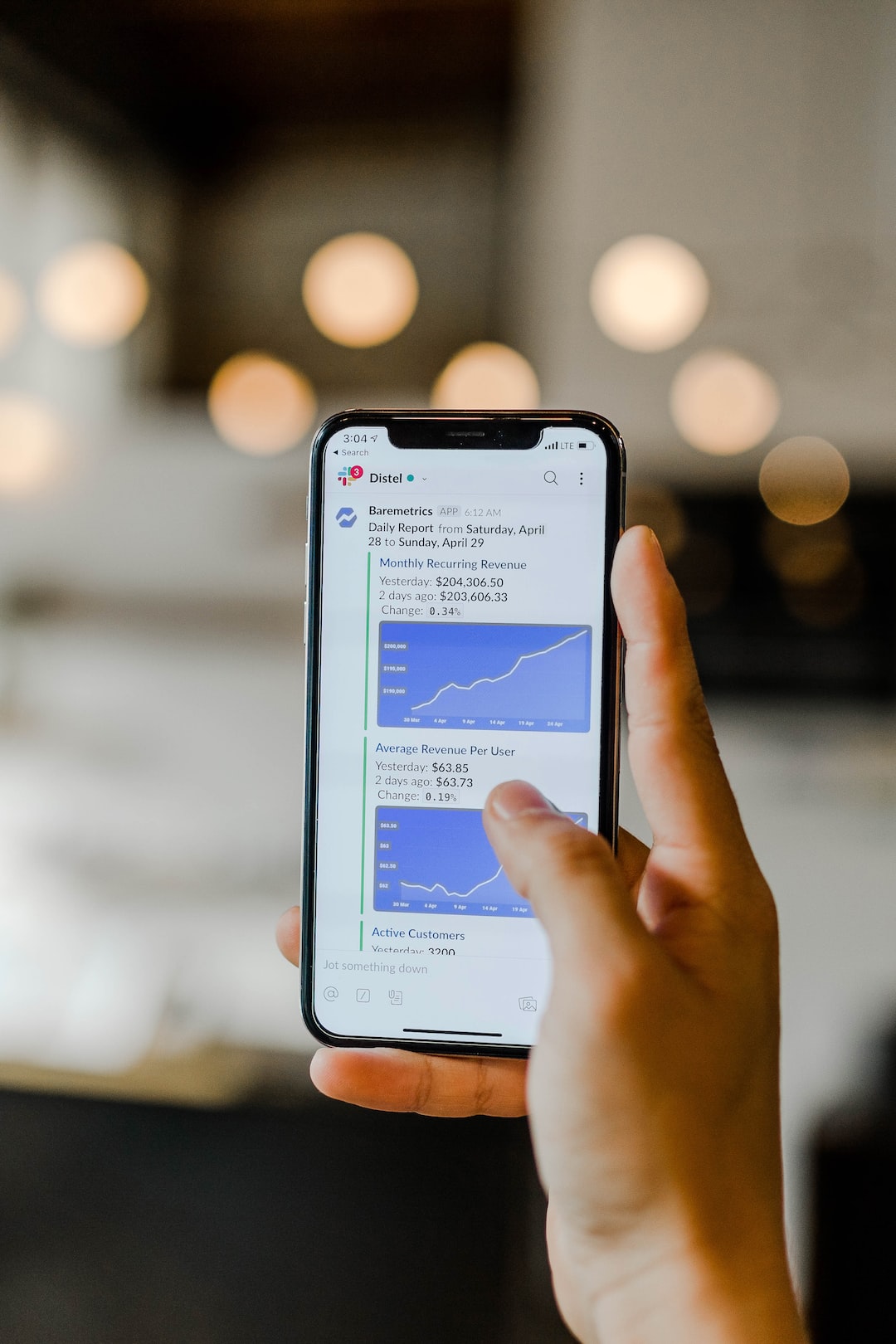Institutional forex trading is a complex process that requires a deep understanding of the underlying fundamentals that drive currency prices. These fundamentals include economic indicators, geopolitical events, and market sentiment, among other factors. Understanding these fundamentals is critical for institutional traders, who trade large volumes of currency and often have a significant impact on the market.
Economic Indicators
One of the most critical fundamental factors affecting currency prices are economic indicators. These indicators are released by governments and other organizations on a regular basis and provide information on the health of the economy. Some of the most important economic indicators include Gross Domestic Product (GDP), employment data, inflation rates, and consumer confidence.
Institutional traders use economic indicators to identify trends in the market and make trading decisions based on their analysis. For example, if GDP growth is strong in a particular country, institutional traders may buy that country’s currency, expecting it to increase in value. Conversely, if employment data is weak, institutional traders may sell that country’s currency, expecting it to decrease in value.
Geopolitical Events
Geopolitical events can also have a significant impact on currency prices. These events include political turmoil, wars, and natural disasters, among other things. Institutional traders closely monitor geopolitical events to understand how they may affect the market and make trading decisions accordingly.
For example, if a country experiences political unrest, institutional traders may sell that country’s currency, expecting it to decrease in value. Similarly, if a natural disaster occurs in a particular region, institutional traders may sell that region’s currency, expecting it to decrease in value.
Market Sentiment
Market sentiment refers to the overall mood or attitude of traders towards a particular currency or market. Institutional traders use market sentiment to gauge whether the market is bullish (positive) or bearish (negative). This information can be used to make trading decisions, such as buying or selling a particular currency.
For example, if the market sentiment is bullish towards a particular currency, institutional traders may buy that currency, expecting it to increase in value. Conversely, if the market sentiment is bearish towards a particular currency, institutional traders may sell that currency, expecting it to decrease in value.
Technical Analysis
In addition to understanding the fundamentals of the market, institutional traders also use technical analysis to identify trading opportunities. Technical analysis involves using charts and other tools to identify patterns and trends in the market. Institutional traders use technical analysis to identify key levels of support and resistance, which can be used to make trading decisions.
For example, if a particular currency is approaching a key level of resistance, institutional traders may sell that currency, expecting it to decrease in value. Similarly, if a particular currency is approaching a key level of support, institutional traders may buy that currency, expecting it to increase in value.
Conclusion
Institutional forex trading is a complex process that requires a deep understanding of the underlying fundamentals that drive currency prices. These fundamentals include economic indicators, geopolitical events, market sentiment, and technical analysis, among other factors. Institutional traders use these fundamentals to identify trading opportunities and make informed trading decisions, which can have a significant impact on the market. Understanding these fundamentals is critical for anyone looking to trade forex, whether as an institutional trader or a retail trader.





